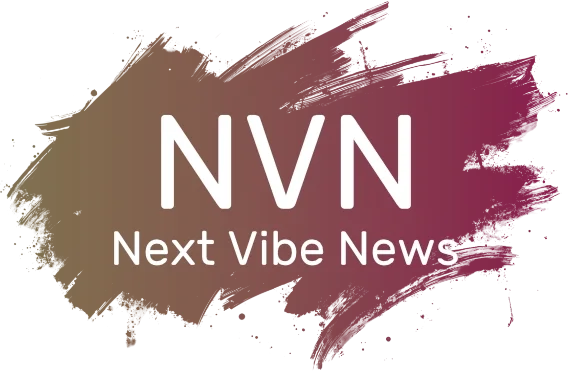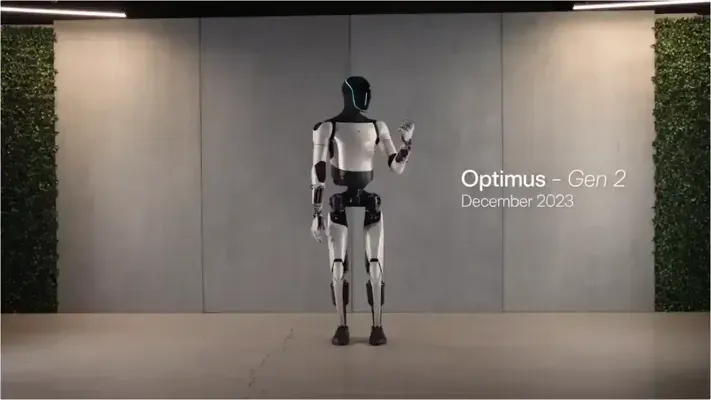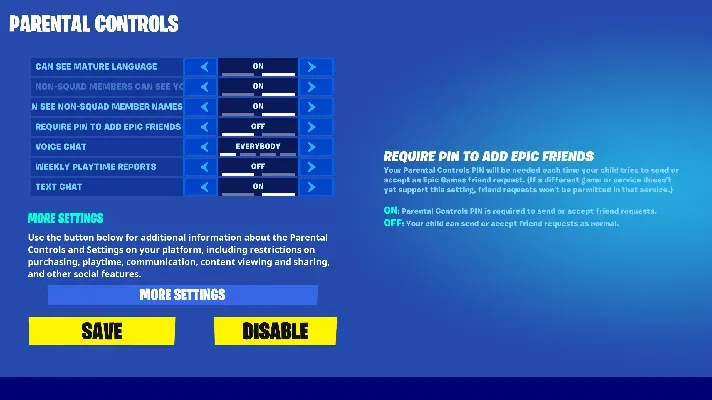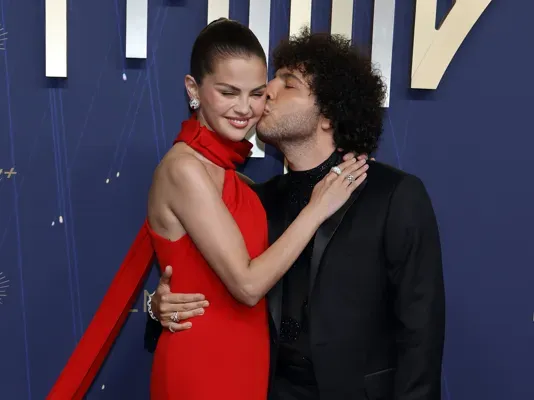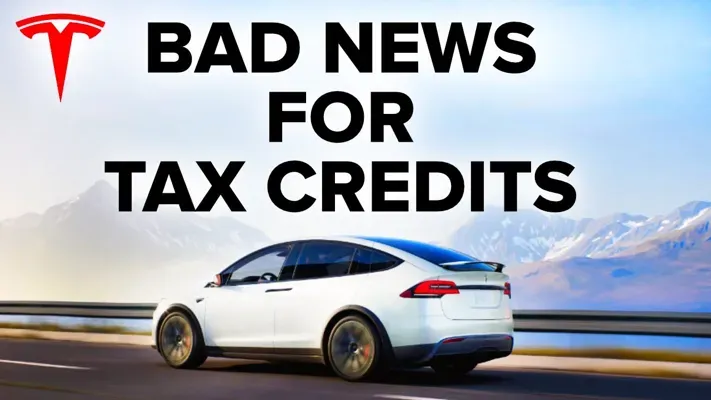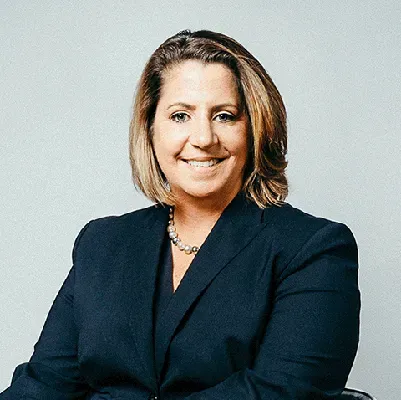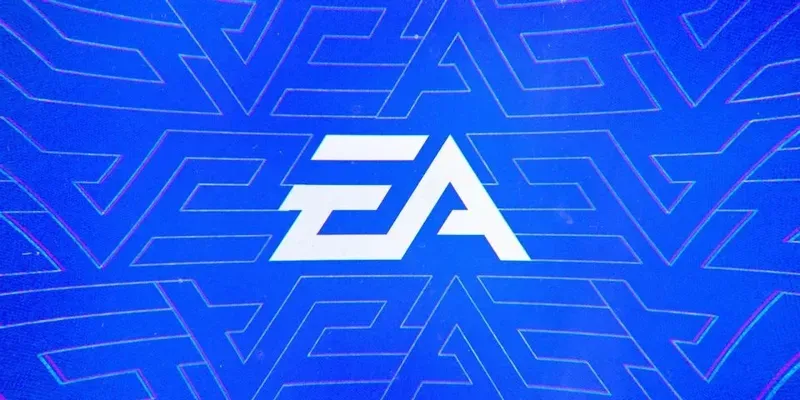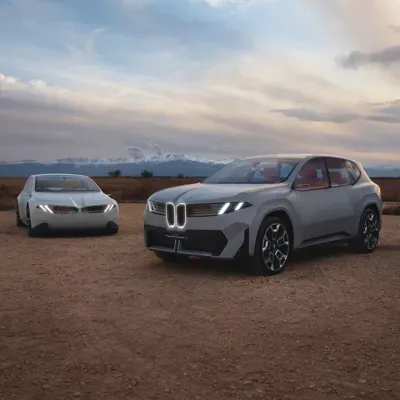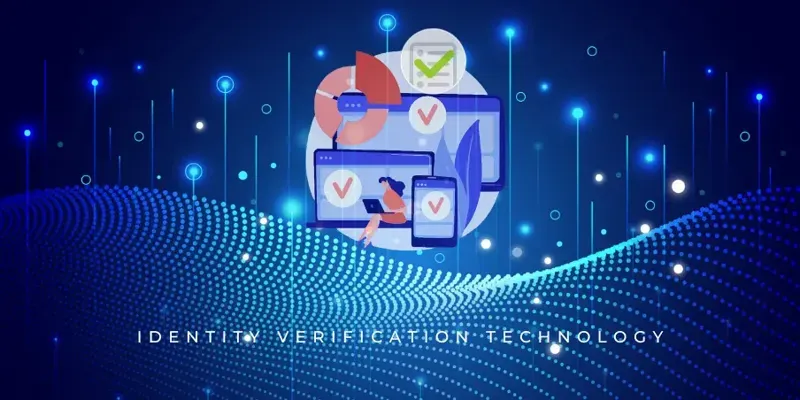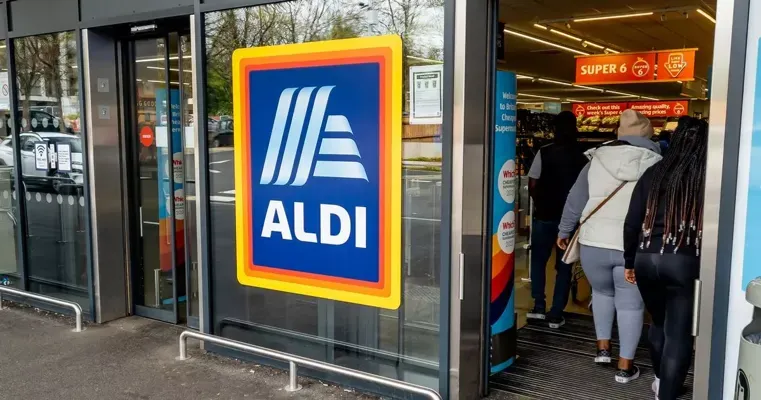The recent departure of Optimus AI’s head from Tesla has sent shockwaves through the tech and automotive industries, especially amidst growing discussions in Tesla AI news. Elon Musk, known for his ambitious projects, has set his sights on transforming the company into a robotics powerhouse, expecting that Tesla robotics sales will make up a staggering 80% of the company’s future value. However, the resignation of Ashish Kumar, who now joins Meta as a research scientist, raises questions about the direction of Tesla’s AI ambitions, particularly the crucial Optimus project. Unlike many executive transitions, Kumar’s departure reportedly wasn’t driven by financial motivations, as he even took a pay cut to make the move. This unexpected shift signals potential underlying issues that could impact the ambitious plans Musk has for Tesla’s future in robotics and artificial intelligence.
The recent news surrounding the exit of the lead for Tesla’s Optimus automation project is a significant development in the realm of AI and robotics. Such a shift highlights ongoing challenges within Tesla, raising eyebrows among industry analysts eager to understand the implications for the company’s artificial intelligence initiatives. With Elon Musk envisioning a future where robotics plays a central role in Tesla’s value, Kumar’s move to a research scientist role at Meta further complicates the narrative. This situation serves as a prompt to reconsider Tesla’s trajectory and its investment in cutting-edge robot technology. As the discussion unfolds, stakeholders will be keenly monitoring how these changes affect Tesla’s innovation strategies and market performance.
Elon Musk’s Vision for Tesla’s Future in Robotics
Elon Musk has made bold claims about the future of Tesla, anticipating that robotics sales will become a pivotal component of the company’s valuation—projected to reach a staggering 80%. This vision indicates Musk’s dedication to transforming Tesla from a traditional automotive company into a leader in artificial intelligence and robotics. The shift toward AI technologies aligns with Musk’s broader ambitions for Tesla to innovate beyond cars, tapping into the exploding market for robotic automation. Musk’s confidence in the Optimus robots suggests that he believes consumers are ready to embrace this technology, viewing it not as a luxury but as a necessity for everyday life.
The implications of Musk’s vision extend beyond consumer expectations. They signal a significant bet on the future of work and automation, where Tesla could redefine how industries operate. As companies increasingly invest in robotics to improve efficiency and cut costs, Musk’s foresight may position Tesla as a front-runner in this race. Central to this ambition, however, is the success of the Optimus project, which now faces additional scrutiny following the recent departure of Ashish Kumar, a key leader in the development of these groundbreaking machines.
The Impact of Ashish Kumar’s Departure on Tesla’s Optimus Project
The exit of Ashish Kumar from Tesla raises significant concerns regarding the Optimus project’s future. His decision to leave the company, especially without a financial incentive, suggests deeper issues may lie within Tesla’s operations or project management. Ashish Kumar was instrumental in shaping the direction of the Optimus AI, and his departure might be viewed as a red flag by investors who closely monitor Tesla’s AI pursuits. This situation could potentially hinder the project’s momentum, raising questions about the commitment of key leadership and the company’s overall strategic direction.
Moreover, Kumar’s transition to a position at Meta highlights the allure of working for companies that are seen as nurturing innovation in a less restrictive environment. The implications of this switch may indicate that while Tesla aims for revolutionary advancements in robotics, internal challenges may have prompted talents like Kumar to seek opportunities elsewhere. Investors and the market have reacted positively in the short term, with Tesla’s stock experiencing a slight increase, but the long-term impact of Kumar’s departure may pose a more substantial risk to the company’s aspirations in AI and robotics.
Understanding the Current Landscape of Tesla AI News
The recent developments surrounding Tesla and its Optimus project come amid a broader context of advancements in AI technology across various sectors. As reported in multiple Tesla AI news outlets, the race for innovation is fierce, with many competitors vying for leadership in AI and robotics. Elon Musk’s commitment to positioning Tesla at the forefront of this technological revolution is evident, but the loss of key figures like Ashish Kumar may undermine these efforts if the underlying issues are not addressed.
As the landscape of AI technology evolves, companies like Meta and others are attracting top talent from Tesla and beyond. The ongoing competition means for Tesla to maintain its lead, it must not only innovate but also retain the skilled minds driving its projects. Notably, the migration of talent from Tesla to competitive firms compounds the pressure on Musk’s company to deliver on its ambitious promises, particularly when investors expect substantial returns on their investments in AI-driven futures.
Exploring the Motivations Behind Kumar’s Career Move
Ashish Kumar’s choice to transition from Tesla to Meta is particularly intriguing, given that he took a pay cut to do so. This decision indicates that there are factors beyond mere financial incentives influencing career paths in the tech industry. Kumar’s move can be interpreted as a pursuit of a more stimulating and supportive work environment, where creativity may flourish without overwhelming restrictions from corporate overlords.
Additionally, working at Meta, a company heavily invested in AI and social technologies, could provide Kumar with greater opportunities to explore innovative ideas and methodologies in robotics and AI research. Such a shift suggests that while Tesla garners headlines for its ambitious projects, it may lack the nurturing ecosystem needed for its leaders to thrive and innovate—a critical component for attracting talent in a rapidly advancing field.
The Future of Tesla Robotics Sales After Kumar’s Departure
With the departure of Ashish Kumar, questions loom over Tesla’s vision for the future of its robotics sales. Elon Musk’s ambitious projections rely heavily on the successful development and market penetration of the Optimus robots. If the key individuals leading those projects are moving on to competitors, it may signal challenges ahead in achieving those sales figures. Investors and analysts will closely watch how this leadership vacuum affects the timelines and outputs associated with Tesla’s ambitious plans.
The fidelity of Tesla’s projections hinges not only on meeting consumer expectations but also on maintaining a dedicated workforce that can steer these ideas into reality. As Tesla aims to penetrate the robotic market significantly, overcoming obstacles created by leadership changes will be paramount. Sustaining innovation and prompt deliveries of viable robotic products will be the litmus test for Musk’s vision, as any slip-ups could dampen investor confidence and stall projected growth.
Management Challenges within Tesla’s AI Division
The management style within Tesla’s AI division has come under scrutiny following the resignation of Ashish Kumar. Reports suggest that there may be issues with micromanagement, which can stifle creativity and discourage top-tier talent from engaging fully with the projects they are responsible for. This can lead to high turnover among key figures essential for project success, as seen with Kumar’s departure.
Elon Musk’s approach to leadership has often been described as hands-on, which can yield innovative results but may also lead to conflict and dissatisfaction among employees. The challenge for Tesla moving forward is to balance executive oversight while empowering their engineers and designers to develop groundbreaking technologies in a high-pressure environment. Finding that balance could determine the future viability of projects like Optimus and the overall morale within Tesla’s workforce.
The Role of AI in Shaping Tesla’s Market Value
AI technologies are pivotal in shaping Tesla’s market value, as emphasized by Musk’s vision of shifting sales significantly toward robotics. The integration of AI into everyday consumer products has created previously unimagined growth avenues and investment opportunities. As Tesla seeks to dominate this rapidly evolving sector, its ability to capitalize on AI could define its future performance and reputation in the tech landscape.
Furthermore, as the definition of what constitutes value in a company shifts toward technological capabilities and innovative offerings, Tesla may experience volatility in its stock price that does not directly correlate with its traditional automotive performance. Investors’ expectations may hinge on the company’s prowess in AI and the success of its robotics initiatives, making it essential for Tesla to emphasize transparency and achievements in this area to maintain investor confidence.
Investors React to Leadership Changes at Tesla
The news of leadership changes at Tesla, particularly the exit of Ashish Kumar from the Optimus project, has generated mixed reactions among investors. While Tesla’s stock saw a brief uptick following the announcement, the long-term implications of losing key talent could cause apprehension in the investment community. Investors typically scrutinize stability within leadership roles, especially in pioneering projects that hold significant promise for profitability.
Moreover, the divergence in market response underscores the volatility associated with tech stocks, particularly those intertwined with ambitious AI advancements. As Tesla navigates through these leadership transitions, investors will be attuned to any statements or developments that might clarify the company’s direction and reassure them of its robustness in the face of any setbacks associated with personnel changes.
Potential Future Developments in Tesla’s Optimus Project
Looking ahead, the Optimus project will face critical challenges and potential developments in the wake of Ashish Kumar’s departure. With key leadership reshuffles often come new perspectives or strategic pivots that could either enhance the project’s trajectory or lead to further setbacks. Stakeholders are eager to see how Tesla plans to adjust its roadmap and allocate resources to maintain momentum in its robotic initiatives.
In the broader context of the AI and robotics industry, advancements and innovations continue to emerge at a frantic pace, creating an environment where Tesla must remain adaptive and forward-thinking. The implications of Kumar’s shift to Meta could push Tesla to reevaluate its strategies, perhaps embracing more collaborative and innovative approaches to AI development to keep pace with rivals. How these factors will play out in the long-term remains to be seen as the industry continues to evolve at an unprecedented rate.
Frequently Asked Questions
What are the implications of Ashish Kumar’s departure from Optimus AI at Tesla?
The departure of Ashish Kumar from Optimus AI at Tesla raises concerns about the project’s future. As the former head of AI for Tesla’s Optimus initiative, his exit could signal potential management issues or project delays. Kumar has transitioned to a position at Meta, which he clarified was not financially motivated, casting doubt on the internal environment at Tesla and the viability of the Optimus project.
How does Ashish Kumar’s move to Meta affect Tesla’s Optimus AI project?
Ashish Kumar’s transition from Tesla’s Optimus AI to a research scientist role at Meta underscores possible challenges within the Optimus project. His exit without a clear advantageous reason suggests dissatisfaction with Tesla’s management or concerns about project progress, potentially impacting the overall development and innovation within Tesla’s robotics strategy.
What does Elon Musk’s vision for Tesla robotics mean after the departure of the Optimus AI leader?
Despite Ashish Kumar’s departure, Elon Musk envisions Tesla robotics sales to significantly boost the company’s value, projecting them to form 80% of Tesla’s future worth. However, the exit of the Optimus AI leader may indicate underlying issues that could hinder this vision, raising questions about Tesla’s ability to realize its ambitious goals in AI and robotics.
Why did Ashish Kumar leave Tesla for Meta amid strong stock performance?
Ashish Kumar left Tesla despite its strong stock performance to accept a position at Meta without financial incentives as his primary motivation. This unusual choice raises concerns about the internal dynamics at Tesla’s Optimus project and what perceptions of its future might have prompted his departure.
What does the departure of key individuals like Ashish Kumar indicate for Tesla’s Optimus project?
The exit of key individuals like Ashish Kumar from Tesla’s Optimus AI project can indicate significant issues within the company, particularly if the departure lacks financially beneficial reasons. Such movements may hint at management problems or fears regarding the trajectory of the Optimus project, which is pivotal for Tesla’s future and its market valuation.
